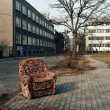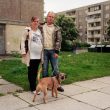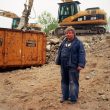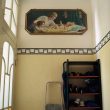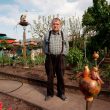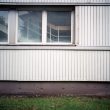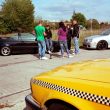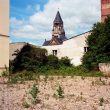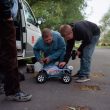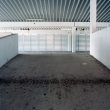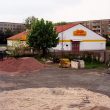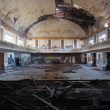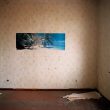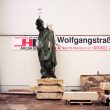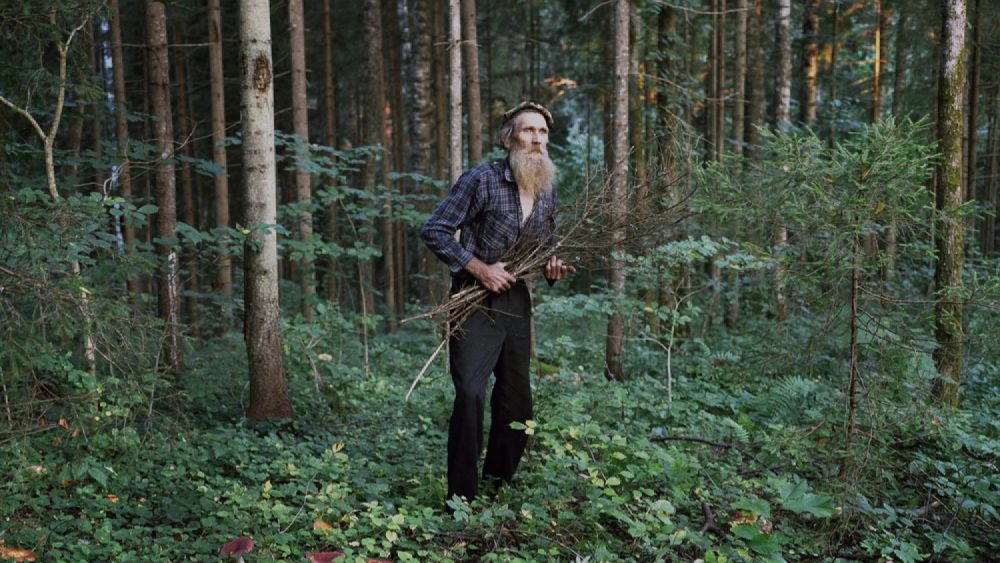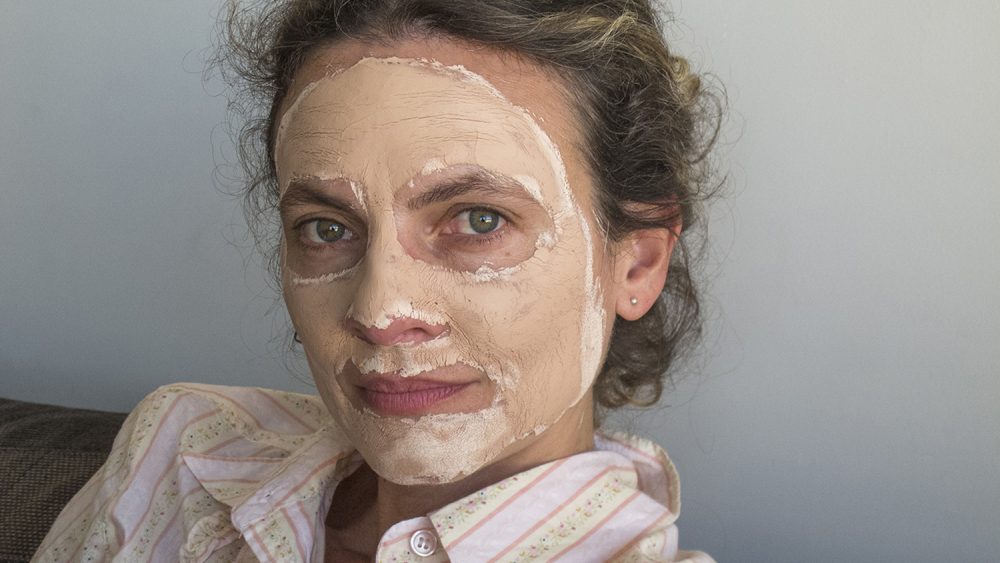The time has come, get me out of here
Growth is still the Leitmotiv of our times. Only economic growth can drag us out of the crisis, can rescue an enterprise from foreclosure and secure our education and healthcare. No future without growth. The world’s population continues to grow, cities become world-cities, world-cities become mega-cities. Growth is +, growth is positive, growth is big, high and far.
But at the same time, there are places of shrinking, places where things need to function in a different manner. Because the big companies have left, because unemployment is getting boring, because death-rate is higher than birth-rate, because people move away. These places had always attracted me. I imagined being able to find different concepts for life and survival there. It must be places where you are free to unfold. There is enough space. Life is affordable. Newspapers don’t report any longer. No budget for governmental control. And the always complaining neighbours have long moved away.
But the images of the photographers who since the beginning of the economic crisis focussed on this topic, don’t match at all with the fantasies I have had about these places. Their photographs show derelict buildings, “for sale” signs, junkies and bored youths on their way to become junkies. Abandonment, depression, shadows, decay, sadness. A visual fortification of the doctrine of growth.
But where are the potentials, the new ideas, the persons who think out-of-the-box? In spring of 2010 I started my search and went to Dessau. And indeed, the empty buildings have an imposing presence and in the faces of the passers-by I can rather recognize emptiness than feelings of comfort. The city lost a quarter of its population since the fall of the Berlin Wall and I can sense that people feel left behind. Dessau really had a tough time, most companies didn’t survive the sudden change from socialism to capitalism. Local politicians didn’t want to accept shrinking as a scenario for the future. Instead they built more and more shopping-centres for less and less inhabitants.
Until the year 2002, politicians and governmental institutions announced their change of policy with a bang: “Less is future” was the slogan of the Internationale Bauausstellung. Over the heads of the local population, a group of internationally acclaimed experts and artists spent more than 200 million euros on adapting Dessau to the current situation of shrinking. Selling an old concept as something new: Decrease in population = demolition of buildings. But this time it was to create “urban cores surrounded by landscape zones”, thus following a plan of aimed demolitions. The result was a disaster. Preserving the town’s surface area while the population density decreased made the maintenance of the infrastructure become unaffordable. Dessau could soon look like a photograph of the crisis-photographers: disused bus stops, congested sewage systems and decaying streets.
But maybe this is not going to happen. There are people like Alex, who together with his friends built a freestyle bike course on the premises of a former train station. Agi, whose “erotic social service” specializes on an elderly customer base. An association that transformed a beer brewery into a climbing hall. And Sergej, a former ballet dancer, who now is pretty skilled in repairing cars. The sporadic encounters with special persons, their opinions, gestures and projects rescued my fantasies of shrinking cities as places of enormous potentiality. But they remained fantasies. This is why I knew I found the title of my photo-series when – written in the dust of window – I read: “The time has come, get me out of here.”
My search continues.
Nico Baumgarten (1981) is a German photographer, photo editor and book maker living in Amsterdam. He is about to self-publish his next book Leer, which is about an ordinary town in Germany. You can pre-order a copy on his website.


